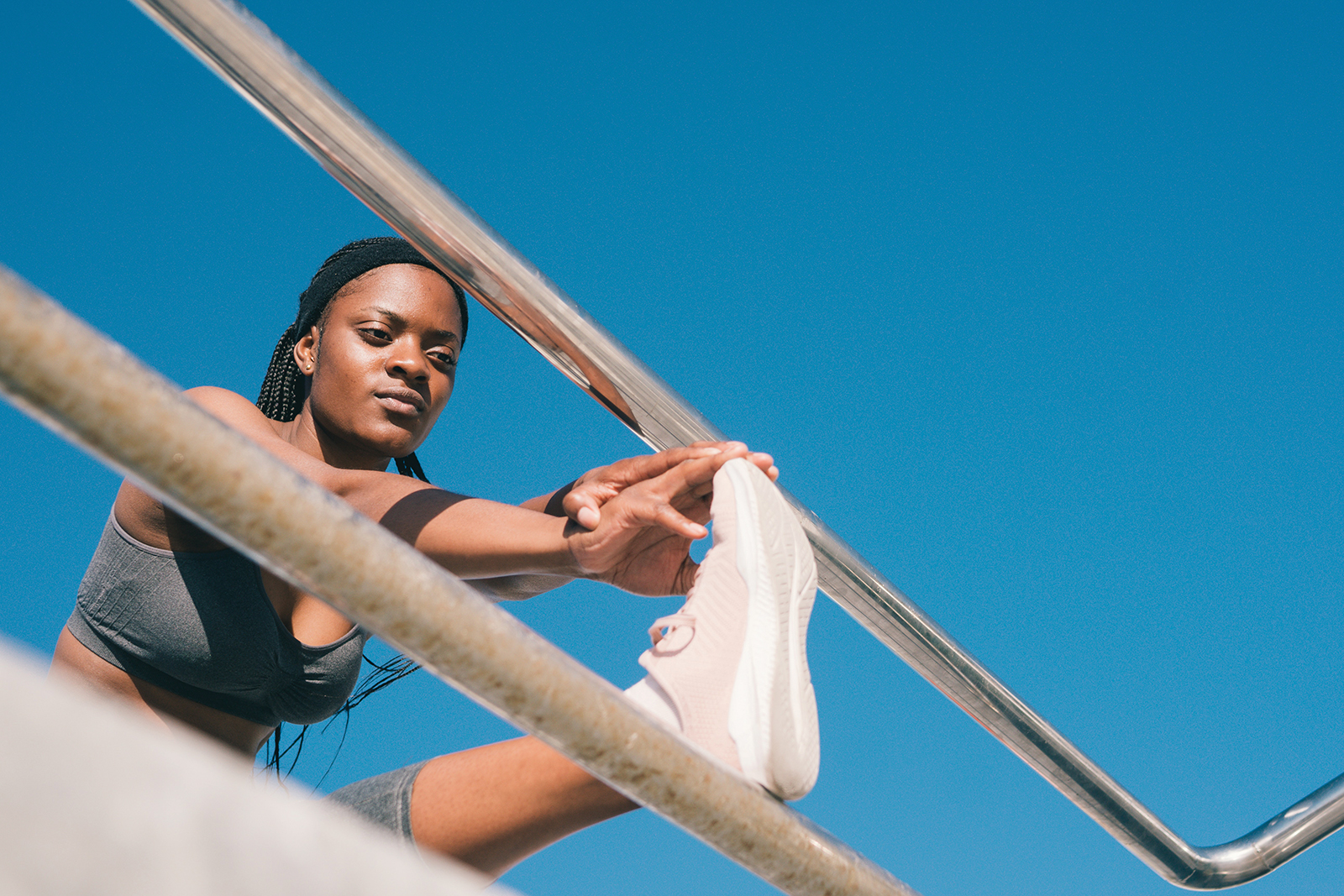The Importance of Slowing Down

As the clock reaches 8 a.m., basketball practice begins. Students from the University of Texas rack their balls and gather around their coach.
Geoff Rich, assistant professor of practice in the department of Kinesiology and Health Education at UT, greets his students as he explains the plans for the day.
Before taking a lap and lining up to do some pre-basketball drills, students high-five each other and gather in close for a team breakout.
“One. Two. Three. Midterms!”
The first 10 minutes of practice is a buildup of skills. Rather than jumping right into basketball, Rich is a strong believer in the importance of pre- and post-exercises.
While warm-ups and cool-downs have been deemed unimportant by many professionals and avid gym-goers, it is important to recognize the benefits they bring which can help create a more efficient workout.
Rich says warm-ups help with energy and get you in the mindset to exercise.
“When you begin with something a little slower, people are more engaged than if you just jump in and start something,” Rich says. “Warm-ups are not just good for your body but also your mind.”
According to Mayo Clinic, practicing warm-ups and cool-downs can reduce stress on your heart and other muscles. Although they do not guarantee to make you injury-free, performing certain ranges of motion at a lower intensity will help with skill and fitness development.
Physiologically, warm-ups help prepare your body for aerobic activity, according to Mayo Clinic. By gradually increasing activity, your body steadily raises its body temperature as it begins pumping oxygenated blood into your muscles. As your heart rate begins to speed up progressively, so does your breathing. Essentially, warm-ups help give your body a familiar sense of movement before working on a specific skill.
Whether at the gym targeting specific muscle groups or practicing for a team sport, Mayo Clinic says it is best to begin warm-ups focusing on larger muscle groups. Next, you can begin to focus on movement patterns of your chosen exercise.
Rich describes this pattern as functional and dynamic exercises.
“One thing I like to do in warm-ups is start without a ball doing functional movement,” Rich says. “These are exercises which get the body prepared to begin playing basketball.Then, we introduce a little practice, which is still warm-up, but it is something that transfers directly to the game.”
In Rich’s basketball class, students begin with a lap around the gym. After a lap, they form lines participating in more general exercises including butt kicks, high knees, lateral lunges and karaoke.
Next, students practice more functional exercises. Splitting into two groups, students work on their shooting techniques with free throws and shooting close to the goal.
Rich recommends a warm-up should be around 20 minutes. However, limited time may call for a condensed warm-up and cool down period that matches the intensity and time of your workout.
After your workout, you may be tempted to leave and get on with your day. However, finishing strong in a cool-down is an important part of the way your body recovers from a workout.
Spending time stretching and slowing down helps regulate your body temperature, slow your heart rate and improve your range of motion throughout your body, according to Harvard Medical School.
Similar to warming up, an effective cool-down only takes around 10 minutes but can vary depending on the intensity of your workout. Holding a few stretches for 20 to 30 seconds, practicing controlled breathing and taking a few minutes to walk around is enough to lower your heart rate and increase blood flow to your muscles.
Lastly, a cool-down gives you a chance to reflect on a workout. A cool-down allows your muscles to feel loose and gives you a rejuvenating feeling about your workout, leaving you to believe you can do it all again tomorrow.






